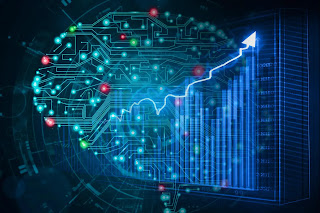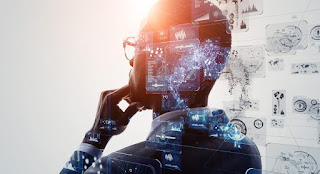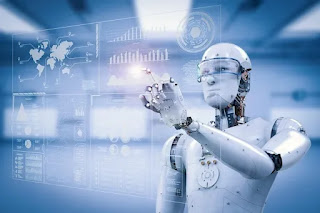The Future of Human Augmentation: How Technology is Enhancing our Capabilities

The future of human augmentation is rapidly evolving with the development of new technologies that are being used to enhance our physical, cognitive, and emotional capabilities. From implantable devices and exoskeletons to brain-computer interfaces and virtual reality, technology is being used to extend the limits of human performance and push the boundaries of what is possible. One of the key ways in which technology is being used to enhance human capabilities is through the use of implantable devices. These devices are surgically implanted into the body and can be used to perform a wide range of functions, such as monitoring vital signs, delivering drugs, and restoring lost or impaired functions. For example, cochlear implants can be used to restore hearing in the deaf, and retinal implants can be used to restore vision in the blind. Similarly, neuroprosthetics can be used to restore movement in people with paralysis. Another way in which technology is being used to enhance human ca








